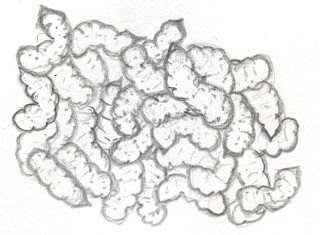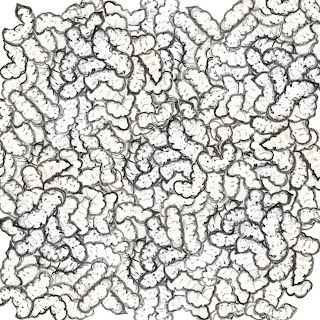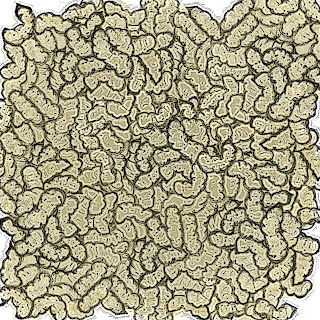The brief of my project was to create a product or service that would improve the sustainability of a company. I initially chose Oxfam as my company but there were communication problems that leaded to one needing to chose another company to work for. I chose BANES after thinking about the possibilities of what I could create with all the companies. I knew i wanted to create an advertisement and the food recycling bins that were being released in October was the perfect opportunity to base my advertisement on.
I began my process by researching other food companies such as 'Love food hate waste" to look at their current advertisements. I also looked at the ways other companies advertise, mostly government run companies and charities such as Sustrans. I noticed a pattern of positive messages portrayed in pictures and colourful writing and found a niche: Scare tactics.
Overall I feel my poster was success full. It followed my personal brief of using scare tactics to portray a different side of recycling. My final outcome has a similarity to my drafts which shows I followed them well but also allowed room for improvement. The fact that my images were hand drawn allowed me to create the poster exactly how I wanted it.
Judging by the feedback that was left by our partner, I did very well at communication with my partner in BANES. The problems faced with Oxfam showed me the importance of strong communication which helped me with my relationship with BANES.
"I thought you conducted yourself very well at the meetings. You were prompt, welcomed me and explained what was needed from me. You had clear ideas about what they wanted to do/achieve and all ideas were relative and played to your individual strengths"
However, the feedback given from Tim and his boss from BANES was not positive. They felt that my idea would not be well received by the public as the message wasn't clear enough that pests out be prevented by using the food bins. In a professional situation the company creating the product would have had a more detailed brief and many meetings to discuss the progress.
If I could do the project again, there are a few things I would do differently:
- A strong communication between partners is very important, If I had the chance to work with Oxfam again i would ensure that my partner would be up to date with my progress and both sides knew about meetings and deadlines to ensure a strong partnership throughout.
- I would have a variation of ideas to show my partner. Tim was not keen on my idea when i first showed it to him but unfortunately joining the group late resulted in no time to change the idea.
- I would have spent more time on research into other food posters to use as insperation as I struggled to think of a strong idea at the begining.





























